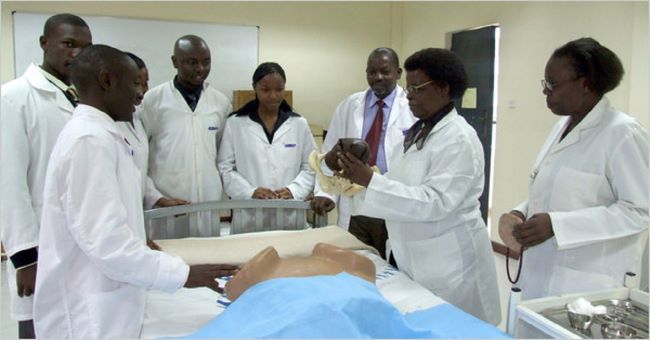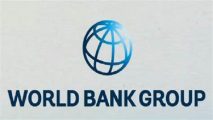Privacy Overview
This website uses cookies so that we can provide you with the best user experience possible. Cookie information is stored in your browser and performs functions such as recognising you when you return to our website and helping our team to understand which sections of the website you find most interesting and useful.


















9, January 2024
Biya regime faces inflation challenges as rates persist above CEMAC threshold 0
Cameroon’s inflation rate over the past year averaged 7.5% in November 2023, according to information released by the national statistics agency INS.
Although this indicator is down by 0.2% compared to October 2023’s 7.7%, it still represents more than double the 3% threshold tolerated in the Cemac. According to the document, inflation rates remain above 7% in 9 out of 10 regions in the country, with the highest recorded in Bertoua (East) at 8.9%. Bamenda, the regional capital of the Northwest, has the lowest rate at 6.1%, but it still surpasses the community norm.
INS explains that this inflation mainly stems from “an 11.6% increase in food product prices, a 13.8% rise in transportation costs, and a 7.7% increase in the prices of furniture, household items, and everyday maintenance products.” However, the stats agency notes that food inflation has decreased by 0.4% during the period under review, following the decline in the prices of bread and cereals (-1.1%), fish and seafood (-1.1%), oils and fats (-1.1%), as well as vegetables (-0.4%). On the other hand, meat and fruit prices increased during the same period, by 0.6% and 1.9%, respectively. For non-food products, the decrease only concerns alcoholic beverages, tobacco, and narcotics (-0.1%).
In the 2024 budget, the Cameroonian government anticipates that inflation will decrease to 4% next year, compared to 6.7% at the end of December 2023, although this rate remains above the community threshold. In response to the inflationary situation, the Bank of Central African States (BEAC) tightens liquidity in banks through repeated increases in its main policy rates, suspension of liquidity injection operations into the CEMAC banking system, and intensification of liquidity absorption operations from banks. However, BEAC acknowledges that only 20% of inflation is of monetary origin.
Source: Business in Cameroon